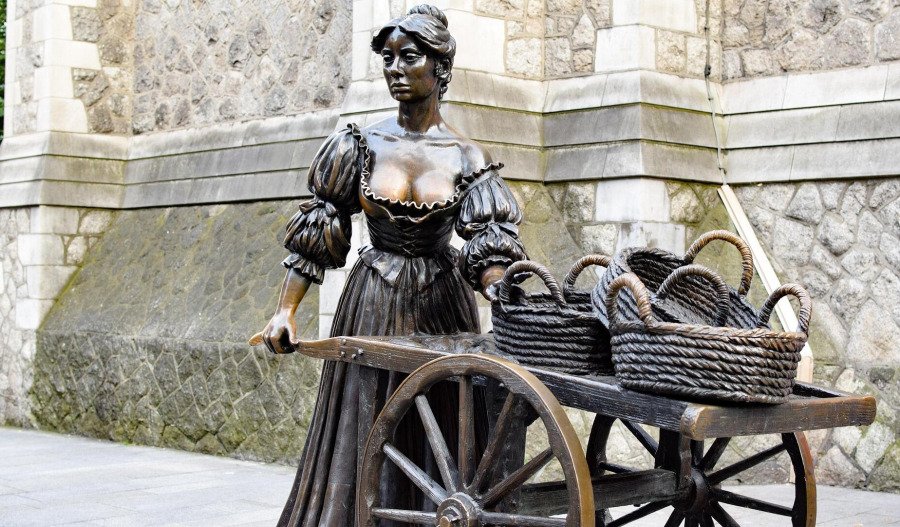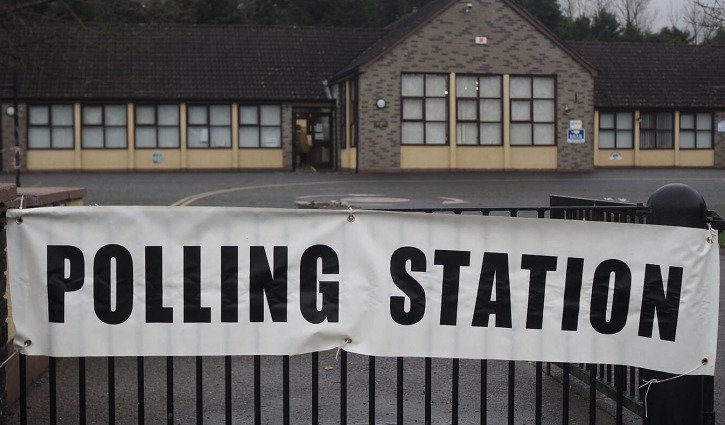Ireland’s family farm incomes surged 87% in 2024 to just under €36,000 (A$64,356), according to Teagasc’s National Farm Survey — a dramatic rebound after a bruising 2023.
But the Irish Cattle and Sheep Farmers’ Association (ICSA) urges caution.
President Sean McNamara welcomed the recovery but warned that headline figures obscure the harsh realities of many rural families.
“A big increase [in] very little is still very little,” he said, pointing to average incomes of just €13,500 for suckler farmers, €18,000 for beef producers, and €28,000 for sheep farmers.
McNamara stressed that these figures remain far below the national average and fail to reflect financial strain in recent years.
“You can’t live on percentages,” he said, highlighting that only 42% of farms were deemed economically viable in 2024 despite the rebound.
The ICSA fears that the fragile recovery may not be enough to retain younger generations in farming, especially after years of rock-bottom earnings that forced many out of the sector.
The association is calling for sustained policy support to ensure that income gains are not just temporary spikes but part of a long-term path to viability.
For global investors, the message is twofold: Ireland’s agri-sector is showing signs of resilience, but structural vulnerabilities persist.
While improved output prices and easing input costs have lifted the tide, the disparity between farm types and the heavy reliance on subsidies — particularly beef and sheep — underscore the sector’s exposure to policy shifts and market volatility.



